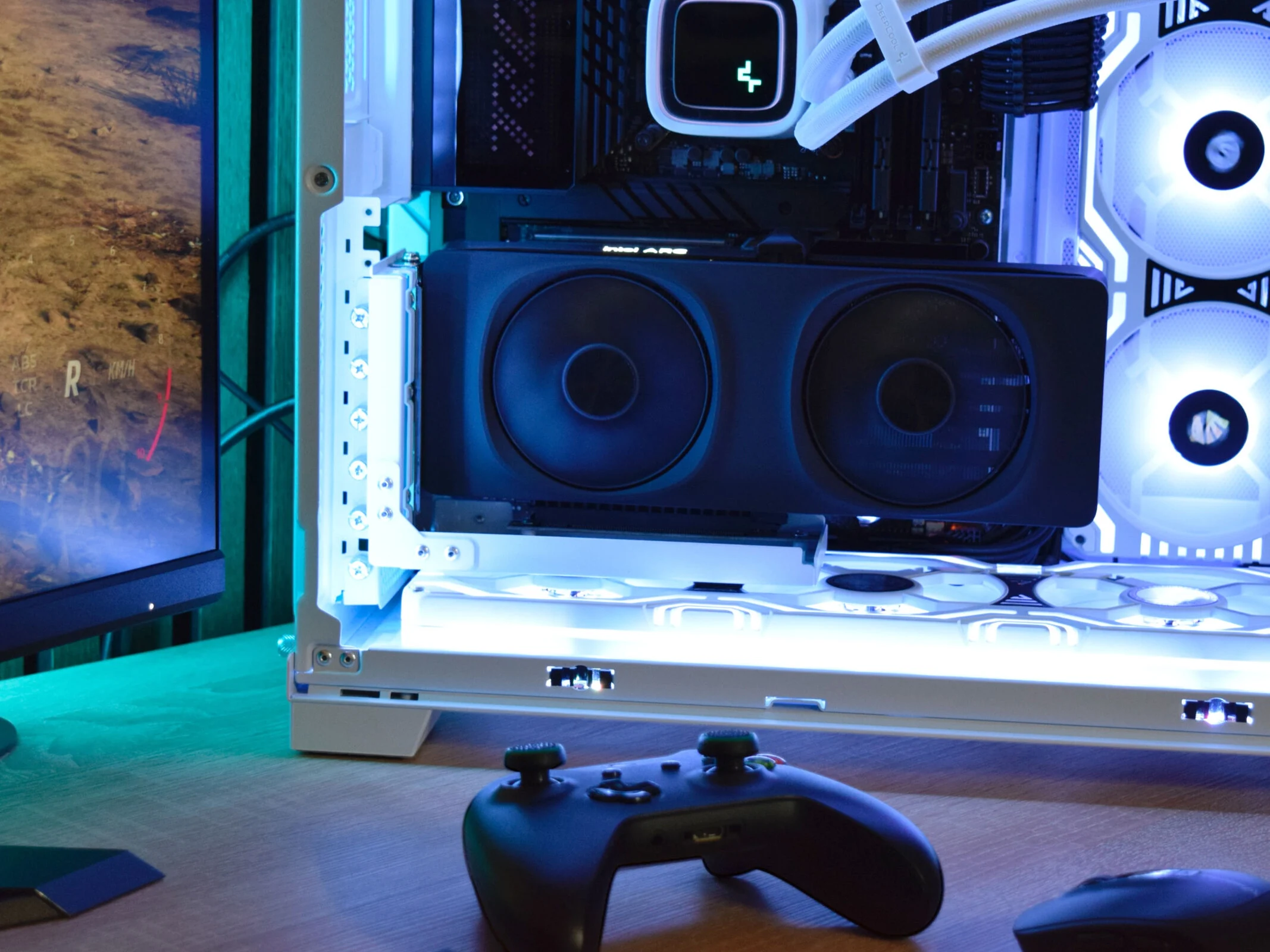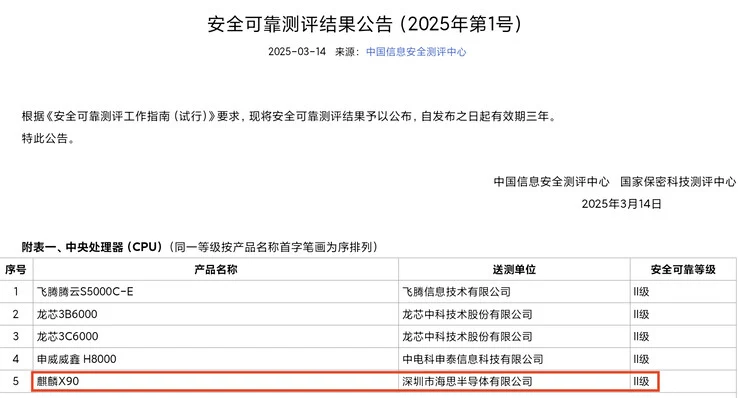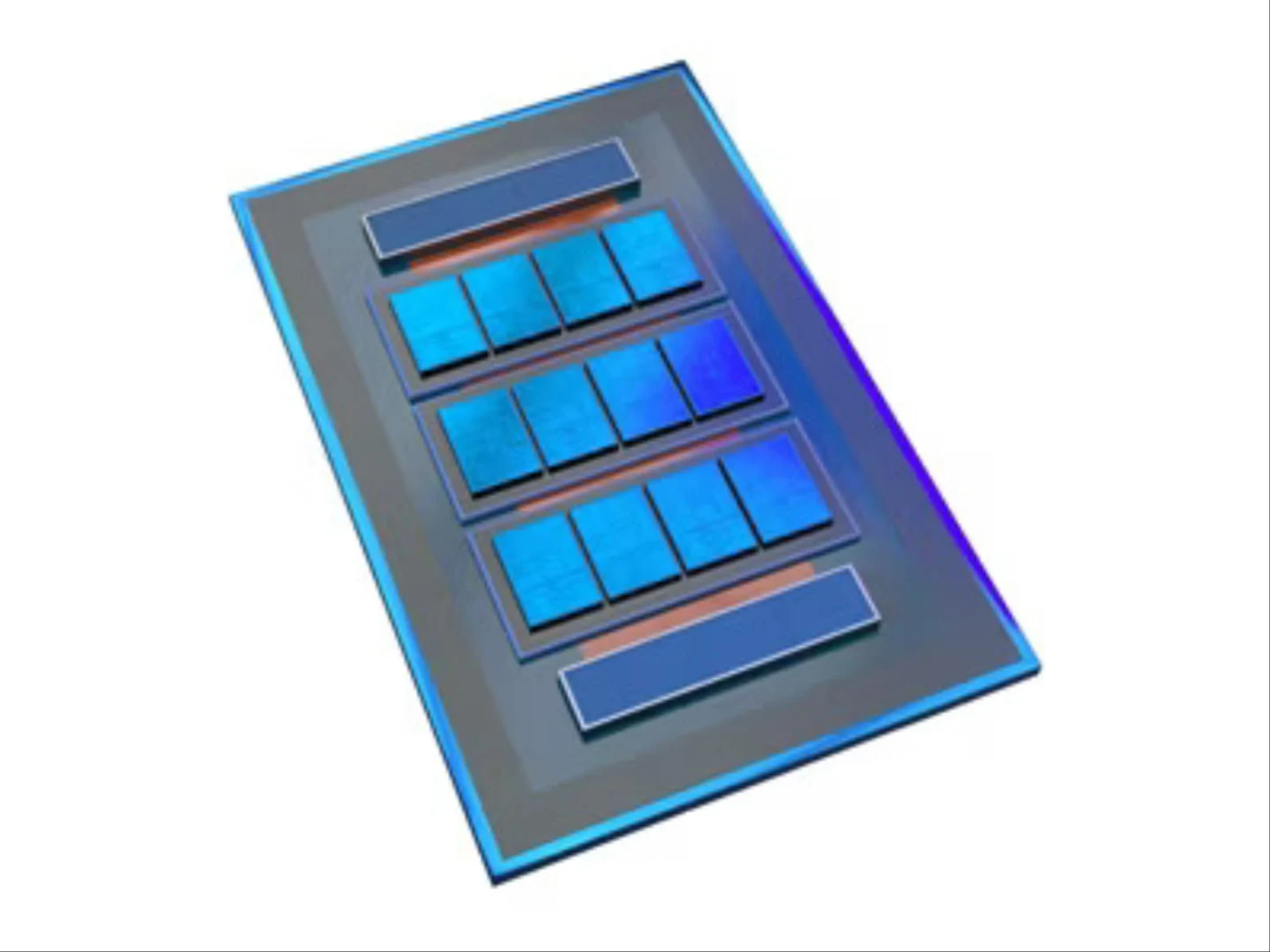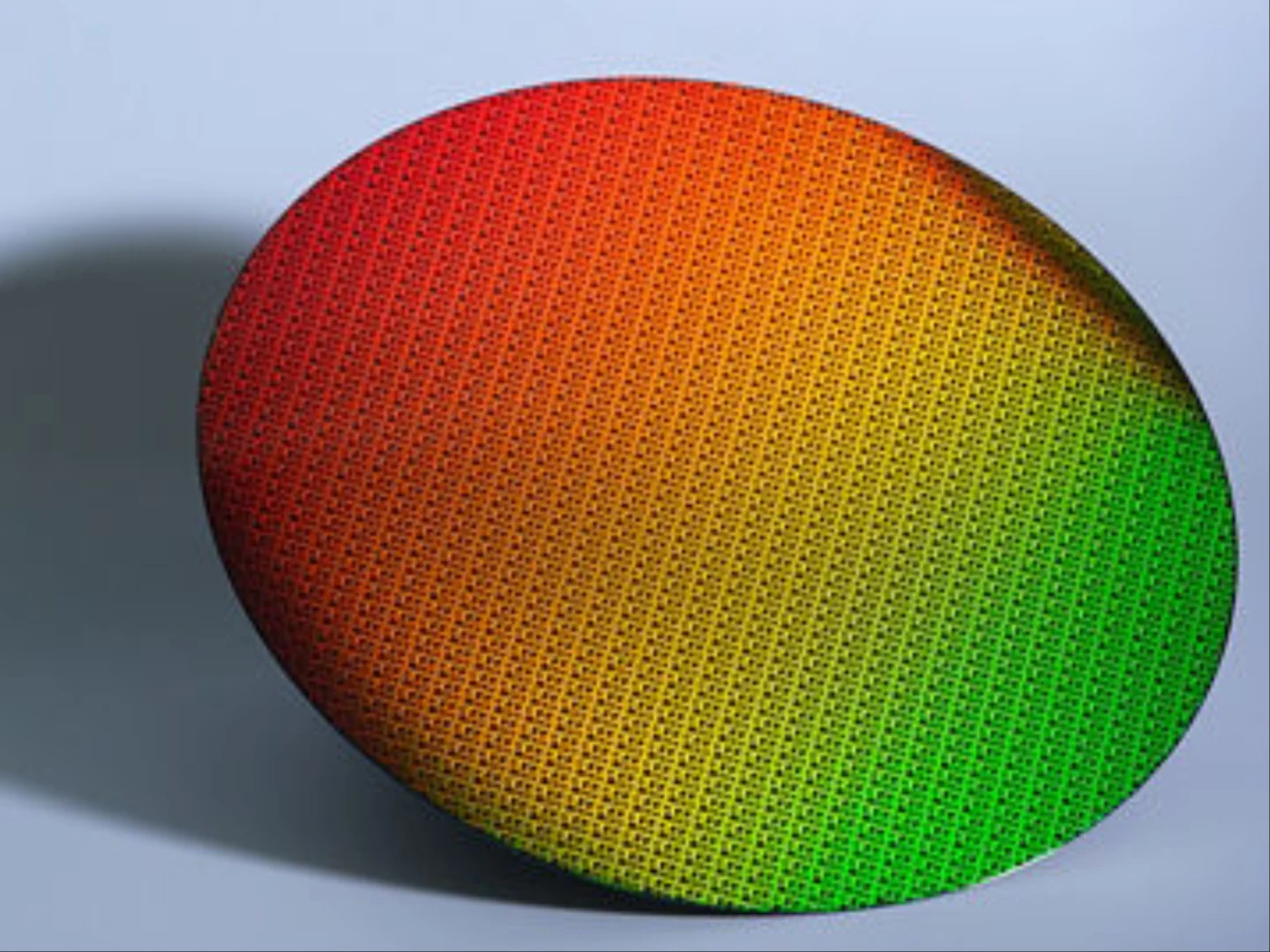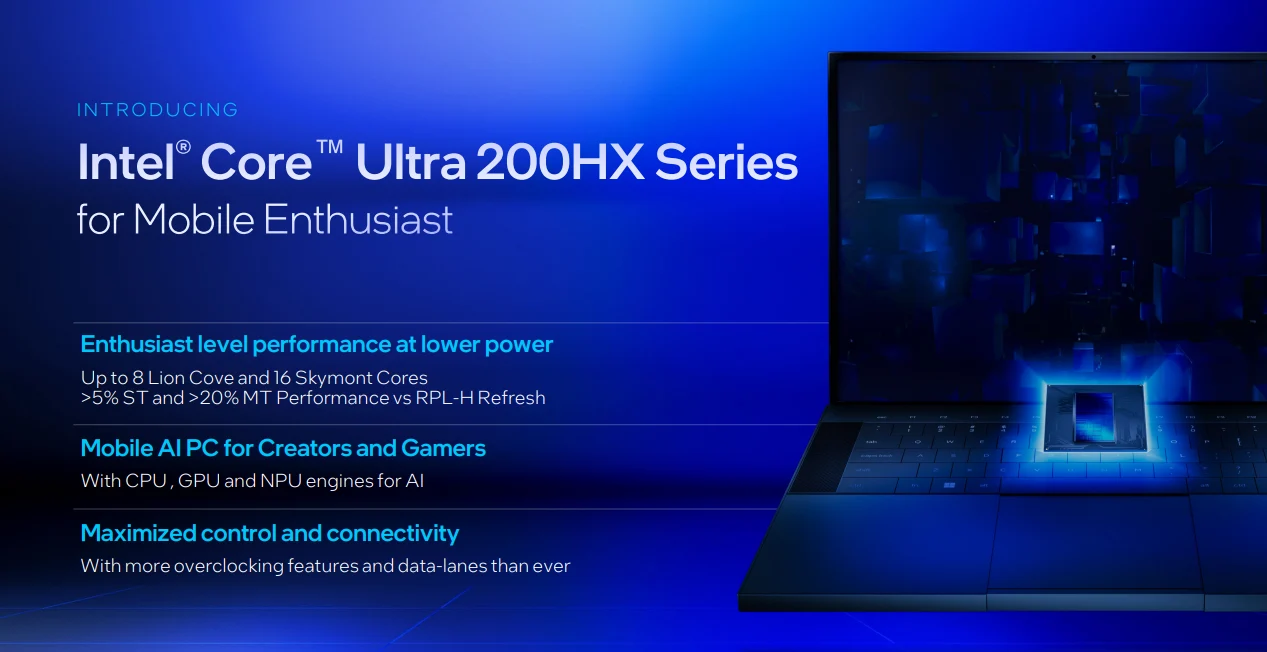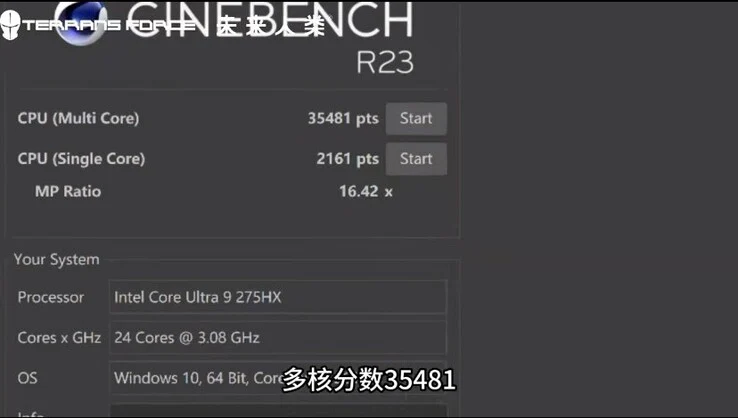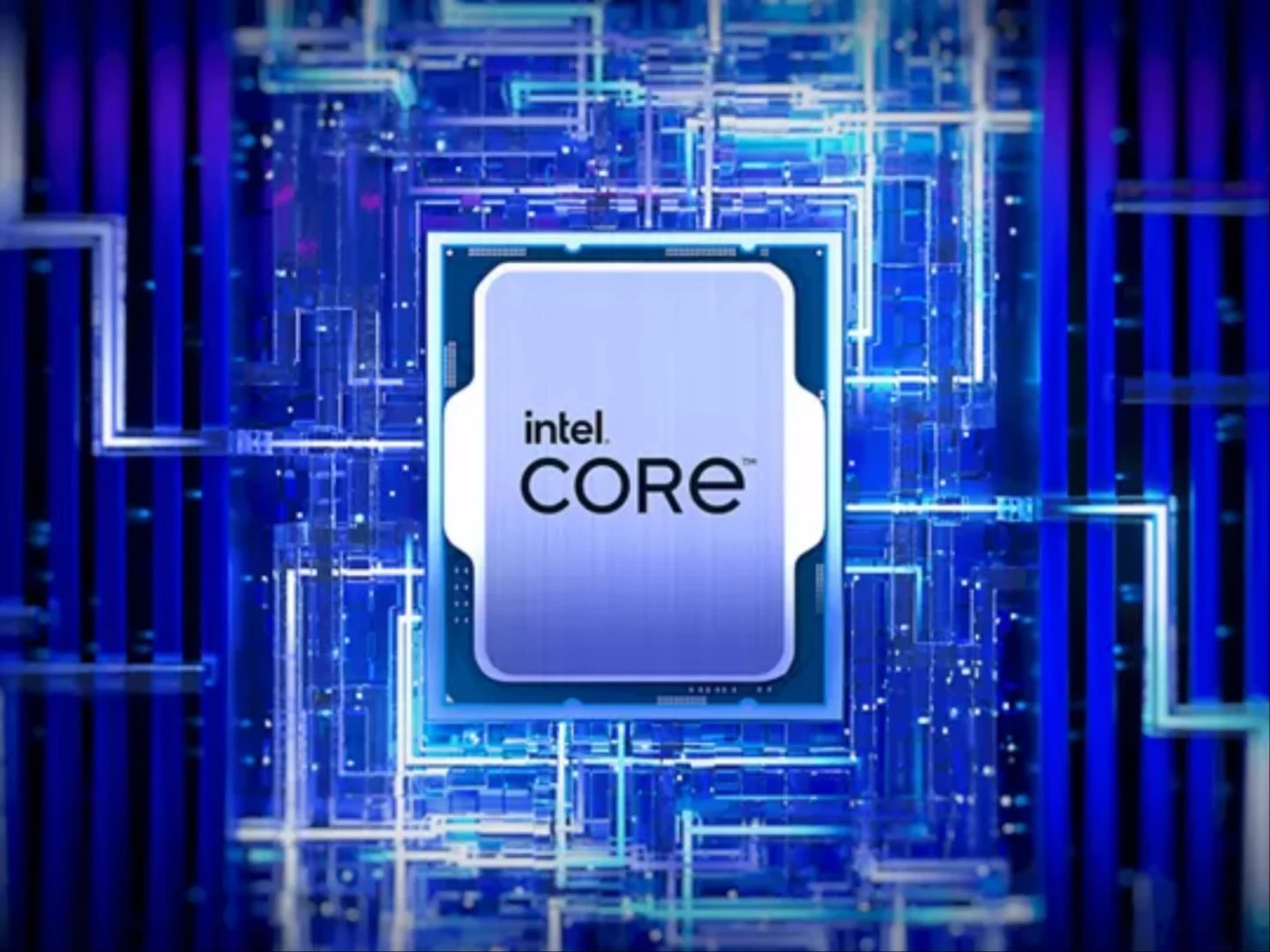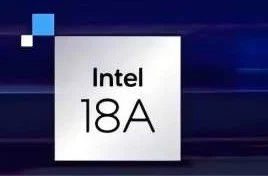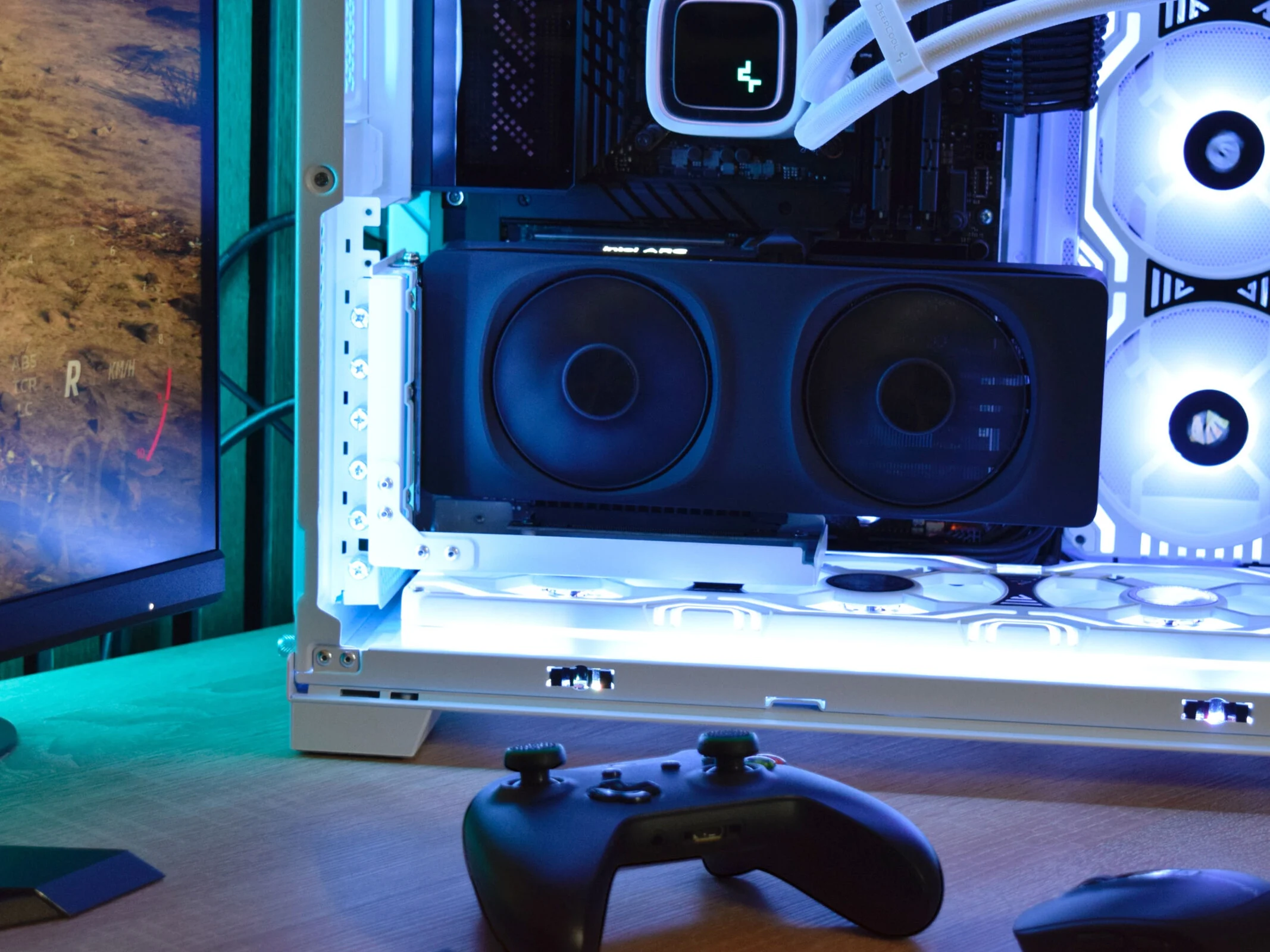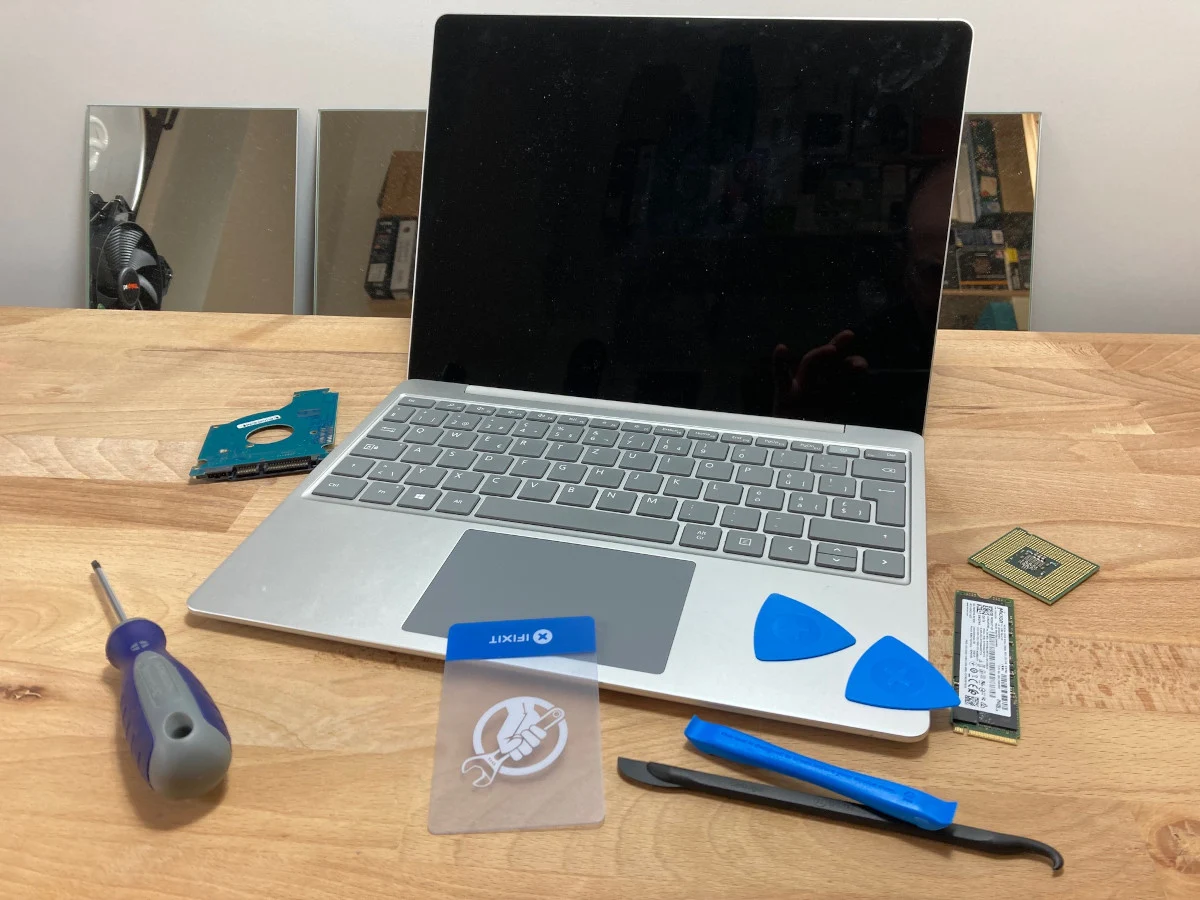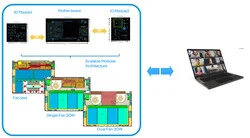Key Takeaways
1. Intel’s Arc Battlemage B580 and B570 GPUs received positive reviews for their performance and competitive pricing.
2. Anticipation for the Arc B770 GPU was high among gamers looking for affordable high-end options.
3. Recent reports indicate that the development of the Arc B770 GPU may have been completely cancelled.
4. The B770 was expected to feature 16 GB of VRAM and up to 32 Intel Xe2 GPU cores, aiming to compete with high-end Nvidia GPUs.
5. There are rumors of a potential 24 GB Intel Battlemage card targeted at creative professionals, despite the cancellation of the B770.
Intel’s Arc Battlemage B580 and B570 GPUs made a notable impact when they were released not long ago. Our review of the B580 showcased its impressive performance at a price that is much more appealing than what AMD and Nvidia have offered up till now. This positive reception heightened anticipation for the upcoming Battlemage B770 GPU, especially for gamers seeking high-end PC gaming options without breaking the bank.
Rumors of Cancellation
However, recent reports suggest that Intel’s Arc B770 GPU may have been completely cancelled. According to frequent hardware insider, @jaykihn0 on X, when questioned about the Battlemage G31, the leaker stated that it has been “dead” since the third quarter of 2024. This indicates that the development of the high-end Intel GPU was halted in late 2024, at least for consumer purposes. Previous reports hinted that the B770 was already “doomed” even before its planned launch.
Specifications and Implications
The Arc B770 was expected to feature 16 GB of VRAM and could have included as many as 32 Intel Xe2 GPU cores. If these leaks are accurate, it would mean that Intel is entirely bypassing the high-end GPU sector in 2025. Nonetheless, there are rumors of a 24 GB Intel Battlemage card that might be aimed at creative professionals.
Prior leaks suggested that the Intel Arc B770 could have competed with the Nvidia GeForce RTX 4080, positioning it against the newer Nvidia GeForce RTX 5070 Ti in the high-end market.
Source:
Link

